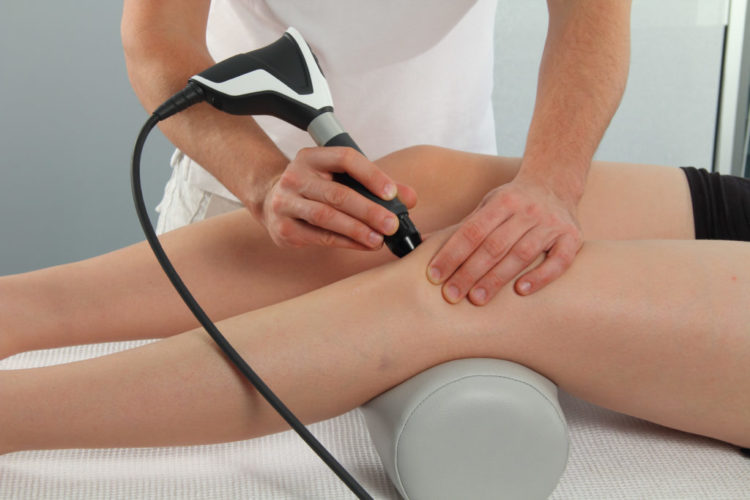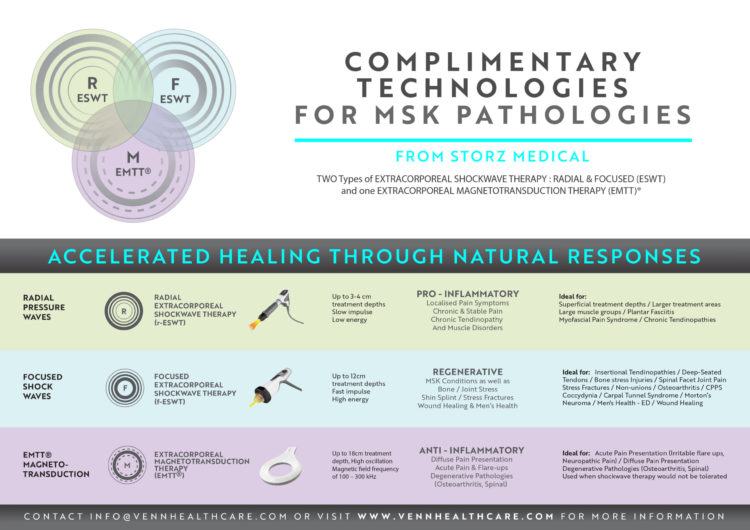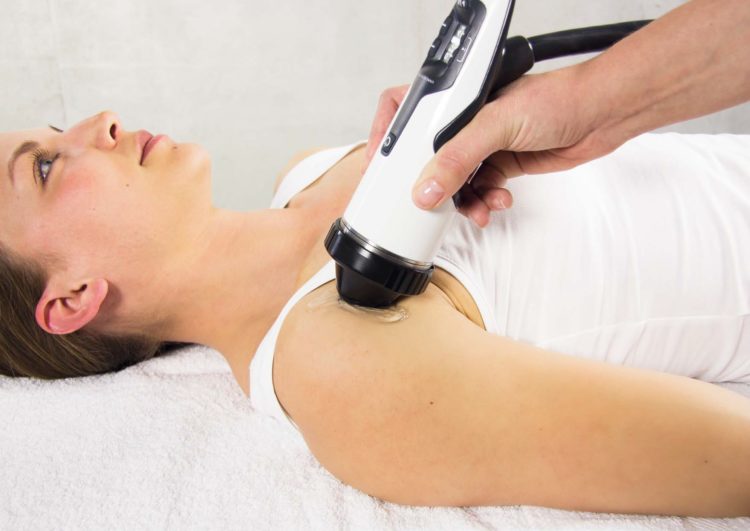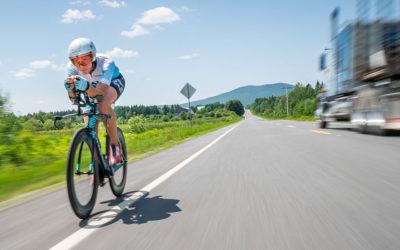There are two types of Shockwaves Focused and Radial Shockwaves know what shockwave you are receiving
Shockwave therapy for the treatment of musculoskeletal disorders was introduced about 25 years ago more or less by accident. Following the first use of shockwave therapy application to treat kidney stones in 1980, research focused to investigate the effects and side effects of shockwave transmission in the tissues between the skin and the kidney stone. Consequently, in 1991 the first human musculoskeletal application of shockwave therapy was to help non-union fracture’s heal out of 82 delayed non-union fracture is 82 70 for results were reported.
Shockwave therapy as a conservative treatment for musculoskeletal disorders has been growing more rapidly in the last 20 years.
Firstly in modern musculoskeletal shockwave therapy it is divided into focused and radio shockwave and there are physical differences between the two forms of shockwave.
In 1980, extracorporeal shockwave were applied trans continuously for the first time in medicine to destroy kidney stones in a human. Since then several million people have benefited from this non-invasive method. Much more research has been undertaken to investigate the possible penetration of the shockwave therapy through the skin and this energy released has regenerative effects on the underlying tissues
In the early 90s specific devices for musculoskeletal focused shockwave therapy was introduced into the market. These focus devices were able to provide an application approximately 4 to 6 cm on the skin to go inside the body. In the early 2000 s the introduction of radial shockwave which is produced by compressed air driven projectile which hits the applicator and this is called radial shockwave therapy.
Radial shockwave therapy was much cheaper smaller and easier to handle however the maximum radial shockwave energy to be delivered on the applicator to the surface is more superficial while the focus shockwave peak pressure is about 100 times higher and the pulse duration is 1000 times shorter.
Helen has both the focus shockwave therapy and the radial shockwave therapy and as you will see they complement each other. Focus shockwave is capable of having her deeper penetration into the bigger muscles and also for stubborn planter fasciitis and other than more stubborn musculoskeletal conditions including scar tissue from injuries and operations
Helen has been providing shockwave therapy now for over 4 years. The most important factor is that whoever uses shockwave therapy should be attending as many advanced sports and exercise conferences as possible. The exercise prescription you provide alongside shockwave therapy assessment and diagnosis is absolutely key to any comfortable outcomes. Many conditions cannot be treated using shockwave therapy as shockwave therapy is for encouraging better cellular regeneration such as in your muscles and very slowly in your tendons and ligaments.

Focus shockwave therapy has the ability to be particularly useful on the deeper musculoskeletal conditions such as low back lumbar joint pain. Tightness and muscles around the hip joints. Hamstrings quadriceps Adductors
it is also proving very useful for mild to chronic knee pain
Helen does attend a large number of continual professional development courses with physiotherapists to provide current rehabilitation for hip and groin, patellofemoral pain, shoulder pain, and tendinopathy

Focus shockwave Therapy is the ideal partner with Radial shoclwave therapy as each have different applications for muscular skeletal system



